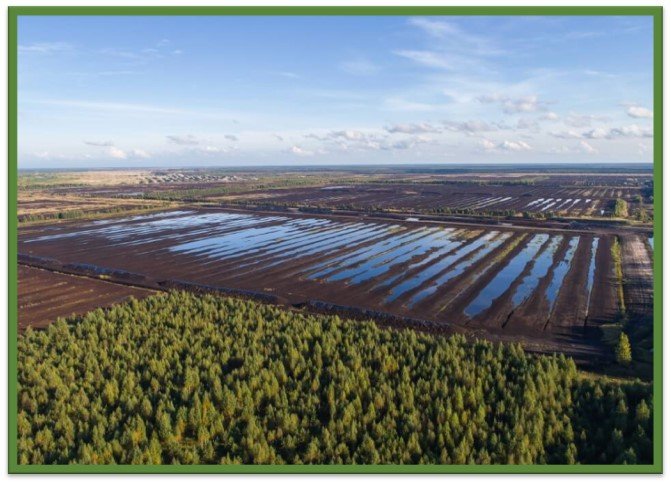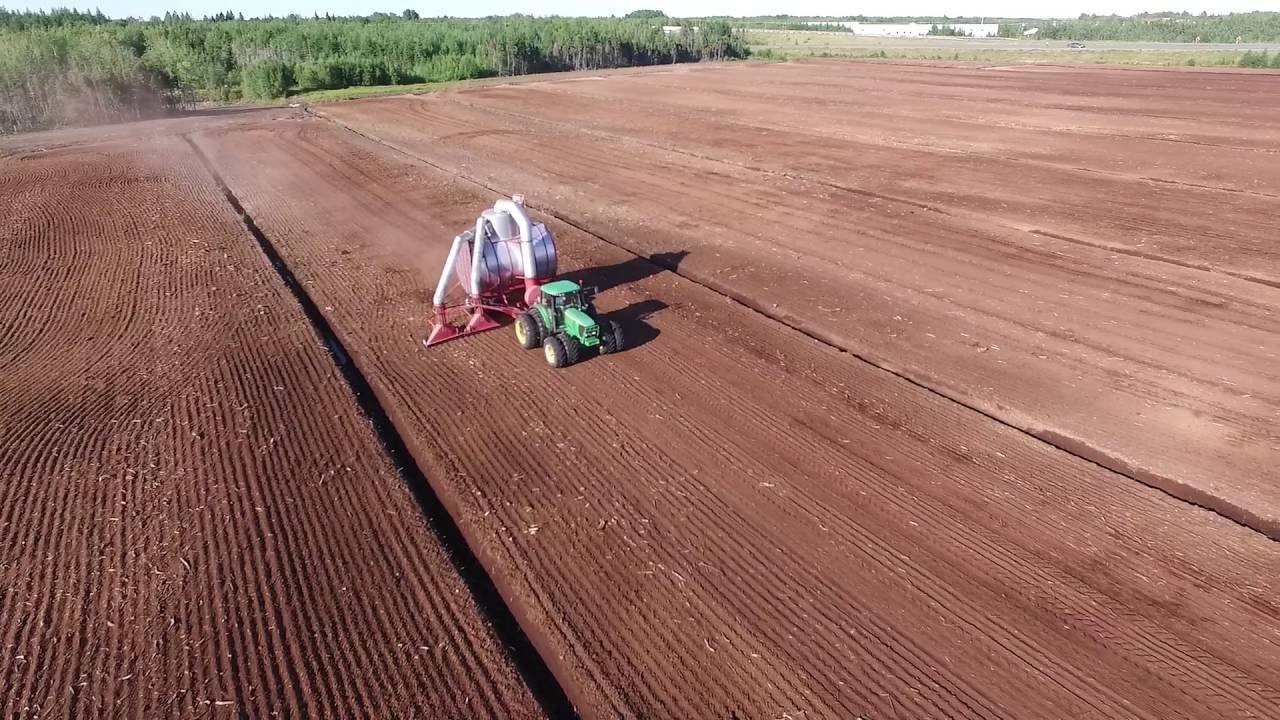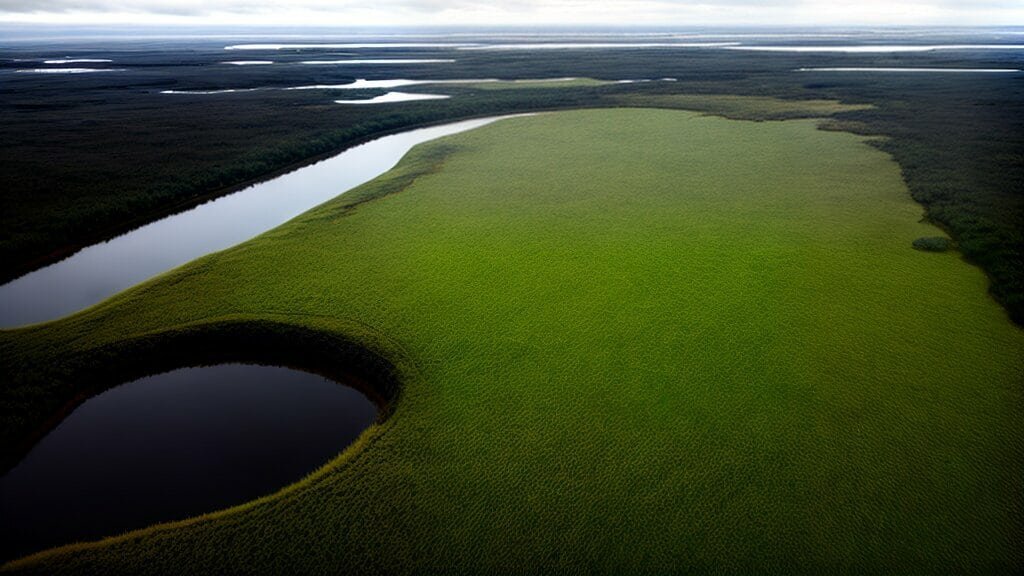P.O.L. Sorb
is
Sustainable and Green
-

This is a peat bog before draining and regrowing. It’s sustainable!
Before any peat harvesting can begin, companies are required to conduct an environmental impact assessment (EIA) to identify potential impacts on biodiversity, water resources, and carbon emissions. If the assessment identifies major concerns, companies may be required to modify their plans or mitigate impacts
-

This is a peat bog being harvested
The Canadian government supports research on the long-term impacts of peat harvesting and the best methods for restoration. Research funding and partnerships between universities, government agencies, and the peat industry aim to improve sustainable practices and enhance carbon sequestration in restored peatlands.
-

This is a peat bog after being harvested and regrown
Canada requires companies to restore peatlands once harvesting is completed. Restoration involves rewetting and replanting native species to encourage the regrowth of peat-forming mosses like Sphagnum.
The Canadian Peat Moss Association (CPMA) works closely with government bodies to ensure that restoration follows best practices. A significant goal is to restore harvested peatlands to their original hydrological conditions, allowing them to act as carbon sinks once again.
